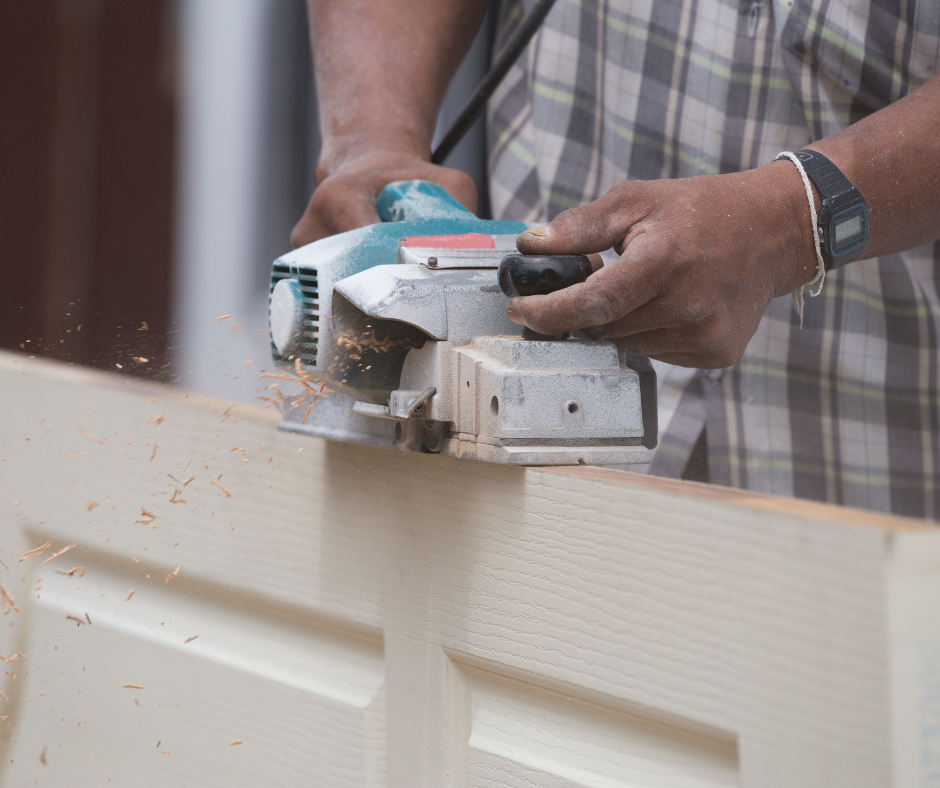I like the idea of Mechanical Ventilation with Heat Recovery (MVHR). I also like finishing homework, eating dinner warm, and not cutting holes in ceilings on a Tuesday. So we tried the simple stuff first to see how far it would get us: fewer stuffy evenings, less bathroom fog, better sleep for the kid with mild asthma.
Baseline (two weeks of lazy note-taking):
Evening CO₂ in bedrooms crept to 1,100–1,300 ppm by 10 p.m., then drifted back as doors opened in the morning. Bathroom mirror stayed fogged for 20+ minutes after showers. Box room smelt “sleepy” by breakfast. No mould, just meh.
The changes (one weekend, no heroics):
- Door gaps and undercuts. Two upstairs doors were planed tight to carpets years ago. I shaved 6–8 mm off the bottoms so air can actually move. Sounds trivial. Isn’t. Bedrooms don’t go stale as fast because air can return to the landing when the extract fan runs.
- Bathroom fan that actually extracts. Old fan was loud and lazy (measured ~35 m³/h). Swapped for a quiet unit rated 90 m³/h with a 15-minute overrun. Wired correctly so it comes on with the light and stays on after. This single change did more for morning humidity than any candle trick.
- Kitchen habits. Hob fan on before boiling; lids on saucepans (how radical). Door to hall shut while cooking so steam doesn’t tour the house.
- Window micro-opens, not Siberia. Bedrooms get 10–15 minutes on latch in the evening while teeth happen. No icy draughts; just a small purge.
- Trickle vents that actually shut or open. Ours were half-stuck. Cleaned, siliconed, now they have three positions that mean something. We use them.
Results (four weeks later):
Evening bedroom CO₂ now peaks 800–950 ppm with doors closed, drifting lower after lights out because the undercuts let the landing act like a return. Bathroom mirror clears in 7–10 minutes without turning the place into a wind tunnel. Towels don’t smell like regrets. The box room lost its sleepy whiff.
Costs/time:
Fan £60–£90, a door plane, some patience. Everything else was habit and cleaning.
When MVHR still makes sense:
If you’re opening windows all the time to feel human, fighting condensation every winter, or planning a big fabric upgrade (airtightness + insulation), MVHR can be brilliant: quiet, steady, warm air in/air out. But it’s a system, not a sticker. Get the easy wins first so the spec you need (and the duct routes) are clear.
If you want the official line on ventilation basics, this is the place to skim: Approved Document F (Ventilation) https://www.gov.uk/government/publications/ventilation-approved-document-f
What I’d change next:
Seal obvious gaps around the old loft hatch before any ductwork chat. If CO₂ still climbs or bathrooms still sulk, then I’ll price a small, well-routed MVHR with proper silencers. No rush. The cheap moves bought us calmer rooms and fewer arguments about windows in January.

